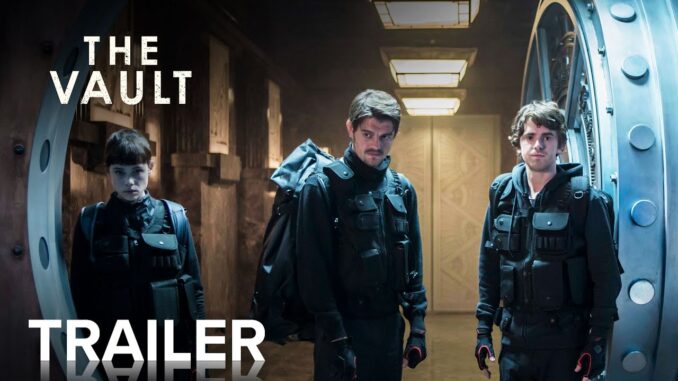
Freddie Highmore’s latest project, The Gallery (2024), is unlike anything the actor has done before — a bold, interactive psychological thriller that blurs the lines between cinema and video game. Known for his precise emotional depth in The Good Doctor and his dark transformation in Bates Motel, Highmore now challenges the very way audiences experience storytelling.
Directed by Paul Raschid, The Gallery is an interactive film where viewers make real-time decisions that shape the story’s outcome. The narrative unfolds in two timelines — one set in 1981 and the other in 2021 — with Highmore portraying a passionate art curator trapped in a moral and political standoff. When a valuable painting becomes the center of a hostage situation, every choice the audience makes determines who survives, who betrays, and what truth ultimately comes to light.
The film’s structure mirrors the decision-based storytelling of popular narrative games like Until Dawn or Bandersnatch, but The Gallery distinguishes itself through its emotional complexity and cinematic ambition. Highmore’s character, Dorian, is both hero and enigma — a man torn between idealism and survival. His calm intensity anchors the film’s shifting timelines, grounding its experimental format with a deeply human core.
For Highmore, this project represents an exploration of how technology can expand storytelling. “We’re moving into a space where the audience isn’t just watching — they’re participating,” he said in a recent interview. “It forces you to confront the moral consequences of your choices, and as an actor, that’s a fascinating thing to play with.”
Critics have praised The Gallery for its originality and Highmore’s understated brilliance. Empire described it as “an enthralling fusion of art and ethics,” while The Independent called it “one of the most intellectually ambitious screen experiences of the year.” The film’s hybrid nature — part cinematic art, part game narrative — has attracted both cinephiles and gamers, marking it as a unique cultural experiment rather than a conventional thriller.
What also stands out is the film’s dual casting: two actors play the same character in different decades, reflecting shifting cultural and political tensions. Highmore’s performance in the modern timeline brings emotional clarity and restraint, contrasting beautifully with the film’s darker, more chaotic past sequences.
Behind the camera, The Gallery’s creators used cutting-edge branching technology to craft multiple endings, each revealing a different moral truth. Highmore, who also served as an associate producer, was instrumental in developing the interactive framework — proving once again his growing influence not just as an actor, but as a creative architect.
At its heart, The Gallery is a story about art, power, and the human need for connection. But it’s also a statement about where storytelling is headed — and Freddie Highmore is clearly at the forefront of that evolution. With this daring and cerebral project, he has cemented his reputation as one of the most versatile and forward-thinking actors of his generation.
